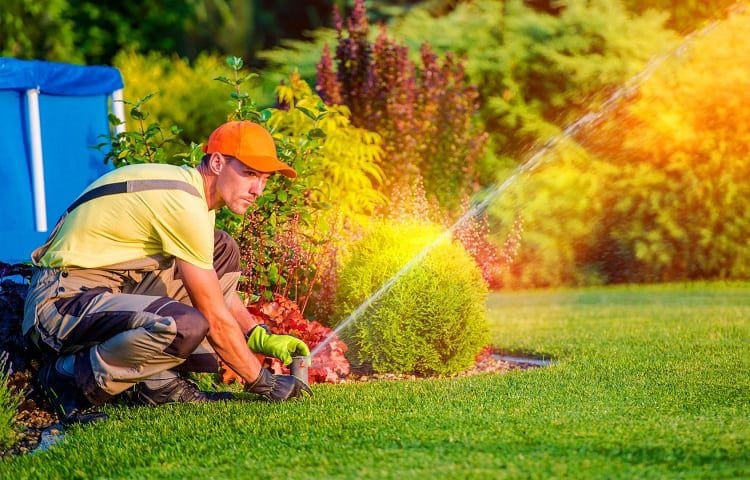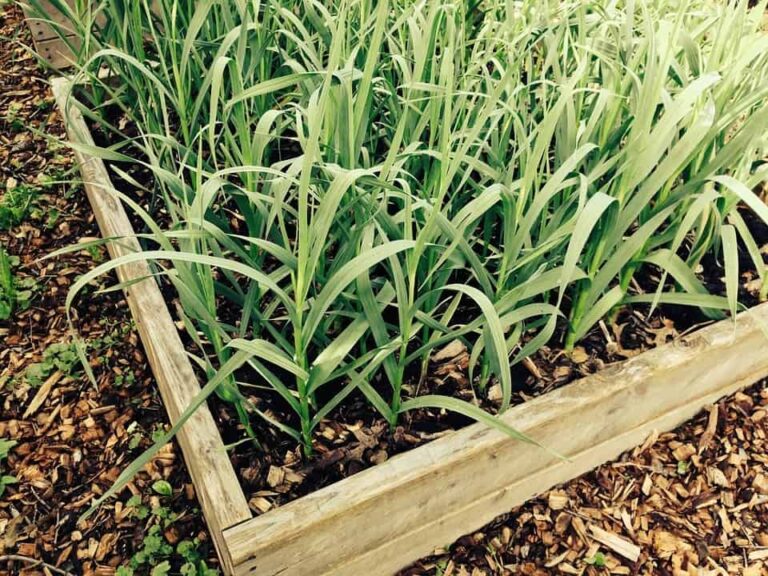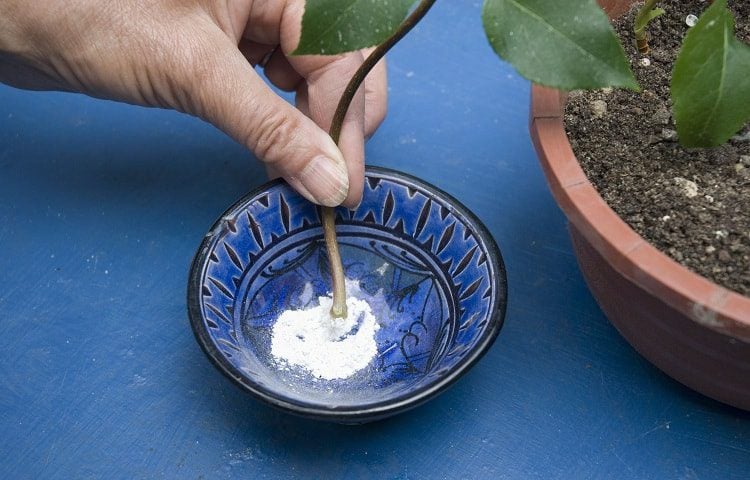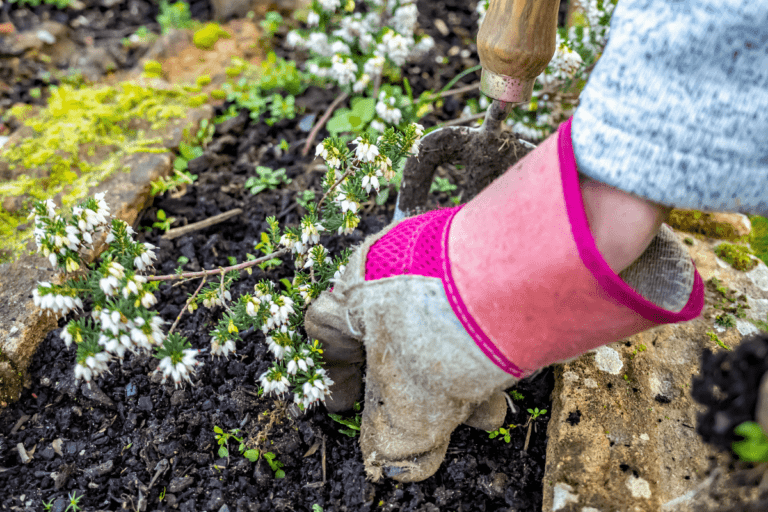The Best Loppers To Tame Your Garden
The best loppers around are the WOLF-Garten Power Cut Telescoping Bypass Lopper. Loppers are an efficient and effective tool for maintaining the shape and health of your trees. A good quality tool delivers solid performance while making the job easier for you. Read on to learn more about our recommendations for the best loppers and how to get the best use out of your tool.
Our Picks for Best Loppers
[wptb id="8512" not found ]Tree Trimming Basics
Tree trimming or pruning is an essential part of tree maintenance. Loppers make the task simpler and quicker—while making the job easier for you. The same thing can be said of shrubs which will also benefit from regular trimming. However, the basics between the two vary.
These aren’t the model we recommended above, but there’s something a teensy bit funny about a bunch of loppers hanging out (and it’s a good illustration of what the tool is all about). So here ya go.
Shaping Trees
The primary reason to trim trees is to control its shape. Using a set of loppers allows you to get rid of awkward-looking branches and remove branches that distort the overall natural shape of your trees. For example, thinning branches near the tops of your trees allows light to penetrate further into the base to encourage branching.
You can improve the appearance of trees by removing branches that are growing downward. You can also remove others that are growing inward as well as branches that run parallel or cross over others. When done while the trees are young, you can influence its mature form. Left on its own, trees will grow regardless of aesthetics or other considerations. And in some cases, the health of your trees may suffer.
Keeping Trees Healthy
Looks aside, tree trimming can improve its vigor and flower or fruit production. Thinning branches gives you control of several factors that can affect your trees’ health. For example, you can remove diseased or dead branches that can leave a tree vulnerable to further damage. Not unlike thinning garden plants, you can also trim trees to encourage one central trunk.
You can keep water sprouts or suckers under control. Water sprouts are small branches that stick straight up whereas suckers spring up from the base of the trunk. A general rule of thumb is to encourage your trees to keep their natural form rather than trying to shape them into something different.
Loppers for Pruning Trees
Loppers are the tool for the job when it comes to larger branches over an inch in diameter. At this point, hand pruners won’t cut it. The short handle length lacks the leverage you need for thicker branches. The handles for loppers are about two to three feet in length. However, some types have telescoping handles that can increase the leverage you have for pruning trees.
The types of loppers include bypass and anvil models. Bypass loppers are named because of the action of the blades in which the top blade bypasses the lower one, not unlike scissors. They are effective trimmers for small branches and softwood trees as well as live trees. They are the most common type.
Anvil loppers are named for the action of their blades. These loppers are heavier than bypass models. Their sharp cutting surface makes them a good choice for larger branches and hardwood trees. Because they might crush branches, they make a better choice for cutting dead rather than live branches.
How to Use Loppers
There are two types of pruning styles, thinning out and topping. They differ by degree. Thinning out is essentially selective cutting that removes an entire branch. Topping, on the other hand, is the complete removal of the top of a tree. When utility companies trim back trees from power lines, you may see some trees that have been cut to a flat top.
Thinning out is basic tree maintenance for controlling the tree’s shape and appearance. You may opt to top a tree if there are size limitations and to encourage growth outward from the sides. Whichever type of pruning you’re doing, it’s important to cut at an angle. Leaving a flat surface leaves a place for water to pool and increases the risk of disease. Keeping your blades sharp will encourage clean cuts.
Like your trees, your loppers will benefit from regular maintenance. You should clean your loppers after each use and drying the blades and handles to prevent rust from forming. And you should keep the blades of your loppers sharp to avoid crushing branches. Sharp blades mean less work for you and less damage to your trees.
This video by Prune Like a Pro explains how to sharpen your loppers with a couple of different methods to keep them in top working condition.
Our Recommendation: WOLF-Garten Power Cut Telescoping Bypass Lopper RR900T
With the right tool, tree pruning is an easier job. It may not be a job that you often do, but it is an important part of tree maintenance both for health and aesthetics. It makes sense then to choose a good quality tool that will last. And since it can be a hard task, a pair of loppers that can cut through thick branches with ease is essential.
The WOLF-Garten Power Cut Telescoping Bypass Lopperis a durable and powerful tool for making tree maintenance less of a chore for you. You get the clean-cutting action of a bypass lopper with the extended reach and leverage of telescoping handles. The longer handles will allow you to reach those upper branches.
The WOLF-Garten Power Cut Telescoping Bypass Lopper offers both ease of use and comfort with the advantage of the is having one tool for the job for branches up to two inches in diameter. While you can choose a smaller set of loppers, its light weight reduces arm fatigue while its rubberized handles offer a comfortable grip.
Regular pruning will ensure that your young trees develop properly and keep their natural form as they mature. With the right tool, you can give your trees a good start with clean cuts that reduce the risk of disease or pests.
Photo by USFWSmidwest licensed under CC BY 2.0






